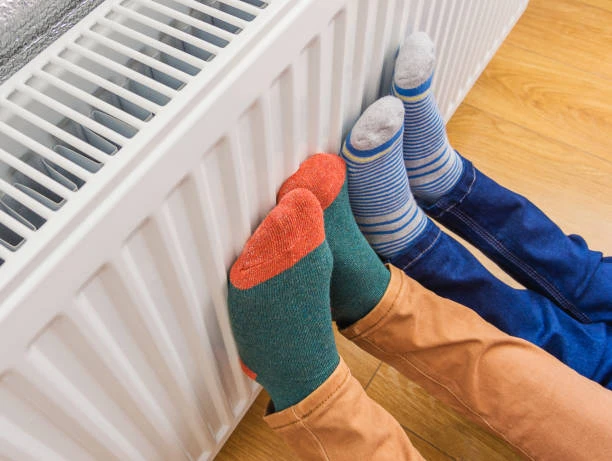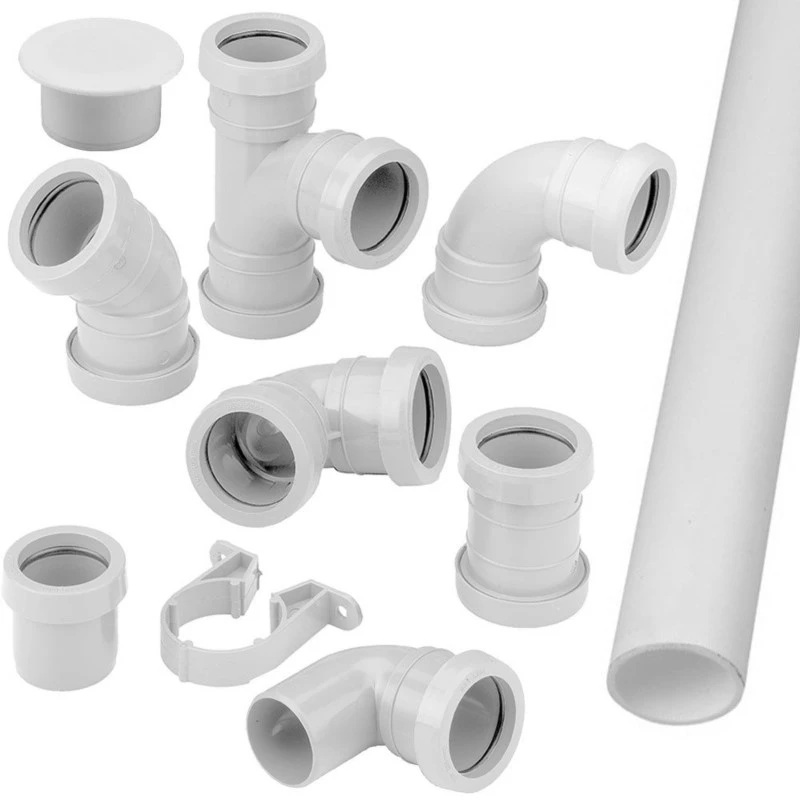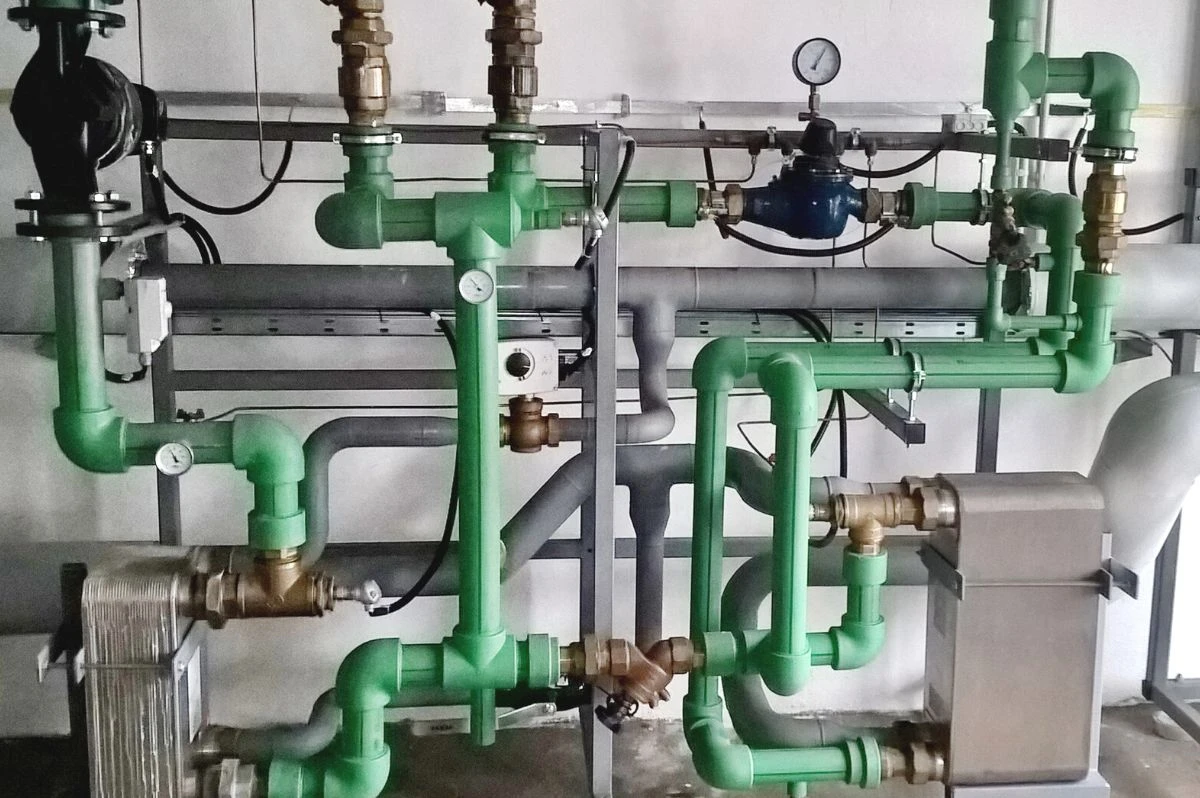Radiators are an essential component of many heating systems, particularly in older buildings where steam heating is common. Among the various types of radiators, the two-pipe steam radiator is particularly noteworthy. This article will delve into the components, functioning, and maintenance of two-pipe steam radiators, ensuring you have a comprehensive understanding of this vital heating system.
Understanding Two-Pipe Steam Radiators
What is a Two-Pipe Steam Radiator?
A two-pipe steam radiator is a type of heating unit that utilizes steam to heat a space. In this system, steam travels from a boiler through one pipe to the radiator, while the second pipe returns condensate back to the boiler. This setup allows for efficient heating and ensures that the steam can circulate effectively throughout the building.

Components of a Two-Pipe Steam Radiator
- Steam Supply Pipe: This pipe carries steam from the boiler to the radiator. It is typically insulated to prevent heat loss.
- Return Pipe: The return pipe transports condensate (water formed when steam cools) back to the boiler. Proper functioning of this pipe is crucial for the system’s efficiency.
- Radiator: The radiator itself is the component that releases heat into the room. It consists of metal fins that radiate heat when steam flows through them.
- Air Vent: An essential part of the radiator, the air vent allows trapped air to escape, ensuring that steam can fill the radiator completely.
- Valves: The radiator is equipped with valves that control the flow of steam and condensate. This includes the inlet valve and the outlet valve.
How Two-Pipe Steam Radiators Work
When the boiler generates steam, it travels through the steam supply pipe and enters the radiator. As the steam fills the radiator, it heats the metal fins, which in turn heat the surrounding air. When the steam condenses back into water, it collects at the bottom of the radiator and flows out through the return pipe back to the boiler.
Benefits of Two-Pipe Steam Radiators
- Efficiency: Two-pipe systems are more efficient than one-pipe systems because they allow for better control of steam flow and condensate return.
- Consistent Heat: They provide a more uniform heating experience, reducing cold spots in a room.
- Reduced Noise: The design minimizes banging and clanging noises often associated with one-pipe systems.
Installation Considerations
Choosing the Right Location
When installing a two-pipe steam radiator, it’s essential to select an appropriate location. Radiators should be placed under windows or in areas where heat loss is most significant. This strategic placement helps to counteract cold drafts and ensures even heating.
Ensuring Proper Slope
For optimal performance, the return pipe must have a slight slope toward the boiler. This slope ensures that condensate flows back efficiently, preventing water from pooling in the system, which can lead to malfunctions.
Professional Installation
While some may consider DIY installation, it’s advisable to hire a professional for installing two-pipe steam radiators. A professional can ensure that the system is correctly sized and installed, adhering to safety codes and regulations.
Maintenance of Two-Pipe Steam Radiators
Regular maintenance is crucial for keeping your two-pipe steam radiator system running smoothly.
Regular Inspections
Conduct routine inspections of your radiator and piping. Look for leaks, corrosion, or any signs of wear and tear. Early detection of issues can save you from more significant problems down the line.
Bleeding the Radiator
Occasionally, air may become trapped in the radiator, preventing steam from filling it completely. To bleed the radiator, use a radiator key to open the air vent. Allow any trapped air to escape until water begins to flow out, then close the vent.
Cleaning
Dust and dirt can accumulate on radiators over time, reducing their efficiency. Periodically clean the radiator’s surface with a damp cloth to ensure optimal heat transfer.
Checking Valves
Inspect the inlet and outlet valves to ensure they are functioning correctly. If a valve is stuck or leaking, it may need to be repaired or replaced.
Troubleshooting Common Issues
No Heat
If your radiator isn’t heating, check to ensure that the steam supply is working. A malfunctioning boiler or closed valve may be the cause.
Noisy Radiator
Banging or clanging noises may indicate trapped air or improper slope in the return pipe. Bleeding the radiator or adjusting the piping can resolve these issues.
Inconsistent Heating
If some radiators heat up while others do not, the system may need balancing. This involves adjusting the flow of steam to ensure even heating throughout the building.
Conclusion
Understanding the intricacies of two-pipe steam radiators can enhance your heating experience. By knowing how they work, their benefits, installation considerations, maintenance, and troubleshooting tips, you can ensure your heating system operates efficiently and effectively. Regular maintenance and prompt attention to issues will keep your radiators running smoothly, providing consistent warmth in your home.
FAQs
1. What is the difference between a one-pipe and a two-pipe steam radiators?
A one-pipe system uses a single pipe for both steam supply and condensate return, while a two-pipe system has separate pipes for each, allowing for more efficient heating and condensate management.
2. How can I tell if my radiators needs bleeding?
If the top of the radiator is cool while the bottom is hot, it likely has trapped air. Bleeding the radiator will allow steam to fill it completely.
3. Can I install a two-pipe steam radiators myself?
While some may attempt DIY installation, it’s recommended to hire a professional to ensure safety and proper installation.
4. How often should I maintain my two-pipe steam radiators?
Regular inspections and cleaning should be done at least once a year, with additional bleeding as needed.
5. What should I do if my radiator is making noise?
Check for trapped air or ensure that the return pipe has the proper slope. If issues persist, consult a professional for assistance.


















